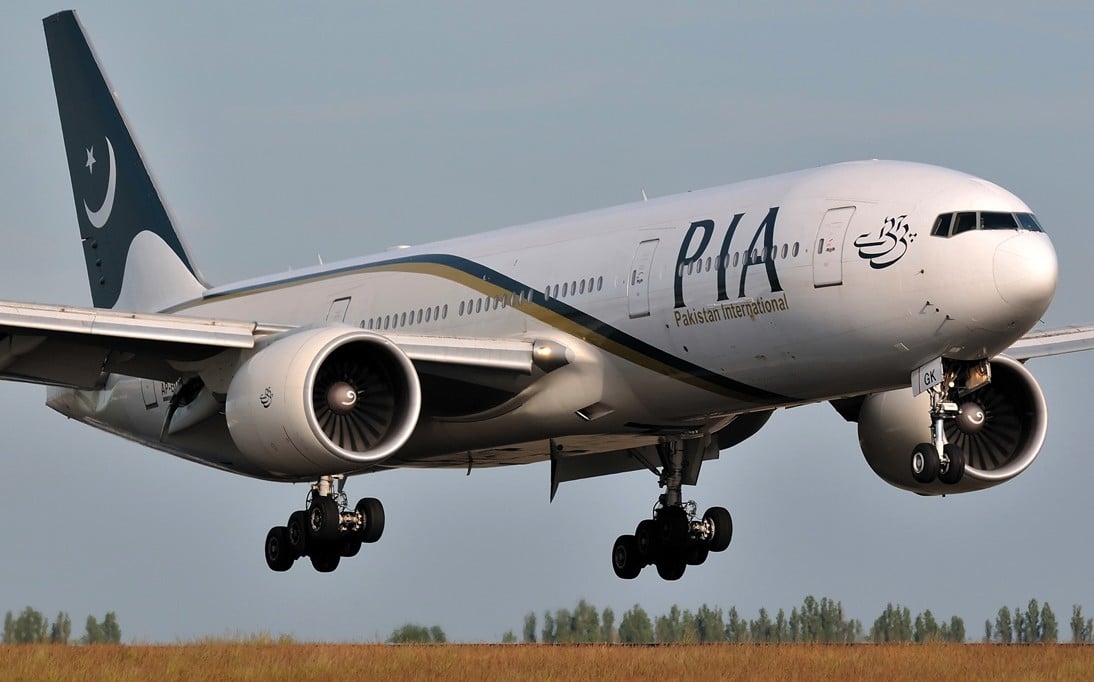
What is the standoff between the PIA management and pilots all about?

In a swift but dramatic move, the pilots of Pakistan International Airline (PIA), at last agreed to "unconditionally" end their week-long ‘go-slow strike’ and announced that they would resume their duties forthwith after the Senate’s standing committee arranged a joint meeting of the PIA management and Pakistan Airline Pilots’ Association (Palpa) in Islamabad on Wednesday.
In a joint press conference after the meeting of standing committee, chaired by Senator Talha Mehmood, both the parties agreed to resolve the issues mutually within the next two days. It was decided that the pilots would resume their duties immediately to save the airline from further losses.
The tussle between the PIA management and pilots has badly affected the flight operations. The peak season of the post-Haj operations is underway and Hajis are returning as per schedule from Saudi Arabia. Bodies of the deceased Pakistanis who died in unfortunate stampede at Mina are also being flown back via PIA flights, so any disturbance in the flights causes heavy losses to the national carrier.
After several rounds of talks between the management and the pilots’ association failed, Prime Minister Nawaz Sharif had to intervene on Monday bringing the parties at the negotiating table for a workable solution on Wednesday.
The pilots’ strike has affected the flight schedule of at least 90 flights of PIA, including over 30 on international routes, causing a Rs260 million loss to the national flag carrier. The private airlines, on the other hand, cashed in on the situation and raised their fares to mint windfall profits by exploiting the distressed passengers. Senate Chairman Raza Rabbani had to ask the Competition Commission of Pakistan to take notice of swindling by private carriers. Competition Act’s Section 3 and 4 prohibit unrealistic hike in the prices of goods and services.
The pilots’ major demands included increase in their salaries, perks and reduction in their work hours. The situation further worsened when the Civil Aviation Authority (CAA) and the PIA management took a strict stance against the protesting pilots.
At one occasion, 21 pilots went on a sick leave simultaneously, which raised alarm bells and the CAA took immediate action by forming a medical board and asking the pilots to appear in person. Similarly, the PIA management also threatened the pilots by unveiling a "Plan B" which included appointment of Naval pilots to replace regular PIA pilots and bringing back the clause of "essential services" to the services rules of PIA. The management also refused to entertain the pilots’ demands to provide them financial benefits worth around Rs3.3 billion.
The pilots’ association also demanded an extra pilot for a flight longer than ten hours and experts believe it was a genuine demand. "The PIA’s management is insensitive to the problems of pilots and is forcing them to work without taking into consideration their rest time," said Palpa President Amir Hashmi. "But the PIA management’s attitude towards the genuine demands of pilots, in fact, caused prolongation of the strike. The government is not implementing the working agreement of 2011 and currently one pilot is performing the duty of two pilots," Hashmi added.
A similar strike was observed by the PIA pilots in 2011 and as a result a working agreement was signed between the Palpa and PIA management which accepted major demands of pilots like reduced flying hours from 70 to 50 and flying giving allowance on long range flights.
The current demands of Palpa, which the management outrightly rejected, included immediate replacement of the PIA’s Director of Flight Operations, withdrawal of all show-cause notices, inquiries/investigations and legal notices issued to pilots on disciplinary grounds and reinstatement of all grounded pilots and fixation of seniority of pilots.
Interestingly, the PIA is already overstaffed and Chairman Nasser N.S. Jaffer confirmed this fact at the Senate committee meeting. "The PIA has got only 35 functional aircraft and according to international standards, an airline’s employee-to-aircraft ratio should be 120-170 per aircraft, but in case of PIA it is around 500," the chairman stated.
The PIA, which has been facing a severe financial crunch for many years, has currently been placed at the top on the list of state entities slated for privatisation. According to reports, the government has given a fresh commitment to the International Monetary Fund (IMF) that it will sell the PIA to a strategic investor by March next year. The PML-N government plans to sell at least 26 per cent of the PIA shares as a conditionality of the IMF’s 6.6 billion US Dollar programme.
Economists and PIA employees’ union leaders believe that the government is in no mood to run the airline so it would sell it anyway because of its increasing losses and the IMF’s pressure. The PIA was also at the privatisation list of the previous government but it avoided selling the national carrier due to anti-privatisation stance of the PPP government.
The PIA has suffered a net loss of Rs32 billion in 2014. During the first quarter of 2015, the PIAC recorded a net loss of Rs1.94 billion. Despite the losses, the PIAC management had increased salaries of the staff by 17 per cent in May 2015. This was an interim relief as the CBA union of PIA was demanding a raise worth Rs1 billion for the lower-cadre 7,556 employees of the airline, which is yet to be given.
The PIA workers’ leaders believe the PIA has deliberately closed many revenue generating international routes like Barcelona, Glasgow, Leeds, Amsterdam, Frankfurt, Hong Kong, Bangkok, Colombo, Kathmandu in order to make it eligible for privatisation.
Although the PIA pilots’ association has agreed to end its strike on the guarantee from Senate’s Standing Committee, the airline’s management still needs to sit down with the pilots’ representative to reach out at a mutual agreement as was done in 2011.